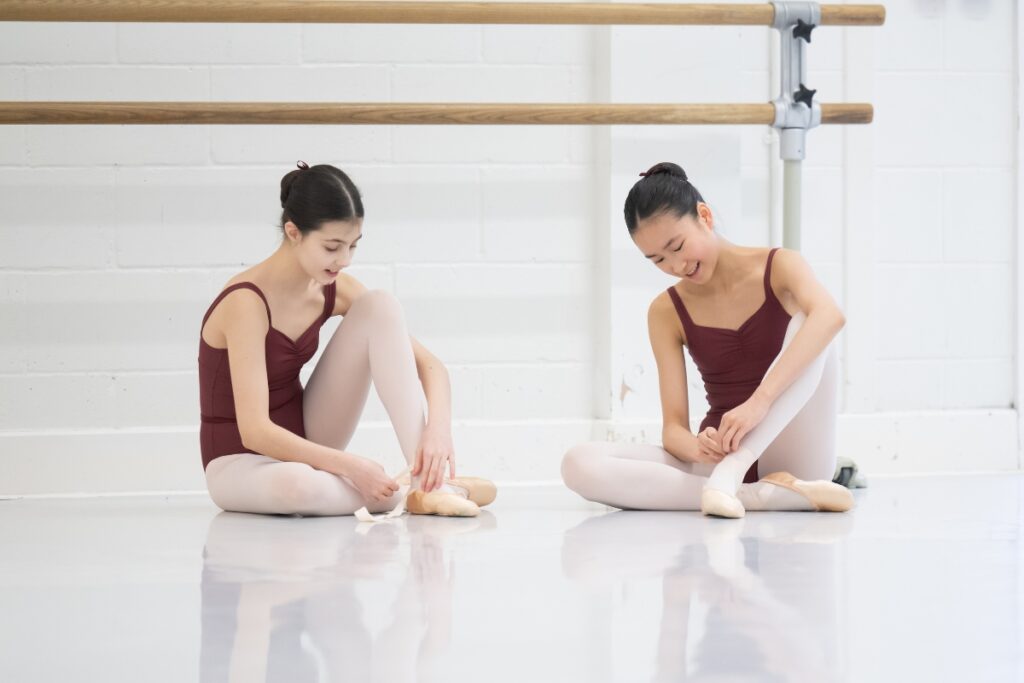5 ways to use movement for our mental well-being
This week marks Mental Health Awareness Week, and this year’s theme is ‘Movement: Moving more for our mental health.’ Our students and staff’s health and well-being are always our priority, and with movement at the core of all we do, this year’s Mental Health Awareness Week feels extra special.
Movement is one of the many components we can use to help protect our mental health, as our bodies and minds are connected. Whether we can find 10 minutes to take a walk or find awareness in our bodies when doing daily activities like cleaning or going to work, utilising movement can help to improve our mood, gain mental alertness, and provide us energy.
We sought the insights of five staff members to understand how movement can contribute to our well-being.
1. Shake it off
My tip is inspired by Grey’s Anatomy and dancing it off. It has nothing to do with technique or style but with using the opportunity to crank up a favourite song and dance to relieve stress and pump up positive energy—whether alone in my house or with friends at a concert or wedding reception. I love shaking off worries and negativity and using a good dance to reset my mood.
Lucy Bailie, School Counselor
2. Improve your flexibility
It is vital that we stretch our bodies. An interesting fact is that people who practice yoga regularly have a greater tolerance to pain, which makes it a great complement to ballet.
We encourage our Junior Associate students to incorporate stretching five times a week for at least five minutes per muscle group. Everybody is different, and we encourage students to work within their own limits and not compare or compete with others.
Emma Porter, Training and Access Healthcare Lead
3. Take a walk
I swear by starting my day with a walk. Stepping out early, when it’s still quiet, gently wakes my body and mind. It’s my favourite way to clear my head and prepare for the day’s challenges.
Victoria Collinson, Head of Associates and Primary Steps Programmes
4. Movement as medicine
I take any opportunity to incorporate more movement into my daily life. Physical movement triggers the release of endorphins, our brain’s feel-good neurotransmitters, but it helps combat stress and lifts our mood.
That’s why we encourage breaks for movement in our schedules here—it’s our dose of natural medicine. Whether it’s choosing stairs over the elevator or taking breaks to stretch, every step contributes to physical health and mental resilience.
Jamie Harding, Strength and Conditioning Coach
5. Forest bathing
I’d suggest spending time in the woods for some ‘forest bathing’—the trees let off microbes that, when we ingest them, are great for our immunity and the gut microbiome. Plus, it naturally boosts health and well-being.
Sarah Kundi, Ballet Teacher
As we move through and beyond Mental Health Awareness Week, maybe we can all find a little extra time to bring awareness to how we use movement in our daily lives. We understand there can be limitations to using movement for our mental health, and we encourage everyone to listen to their bodies and seek professional help when necessary.






